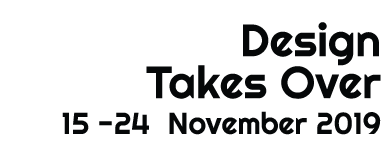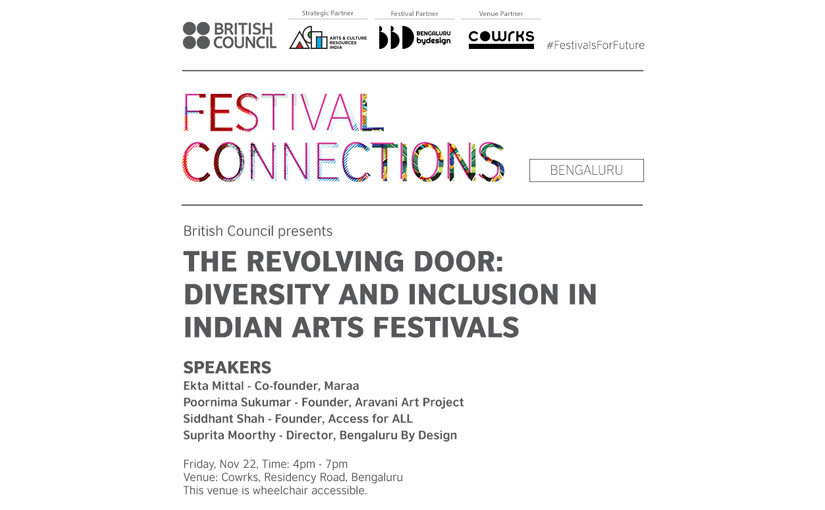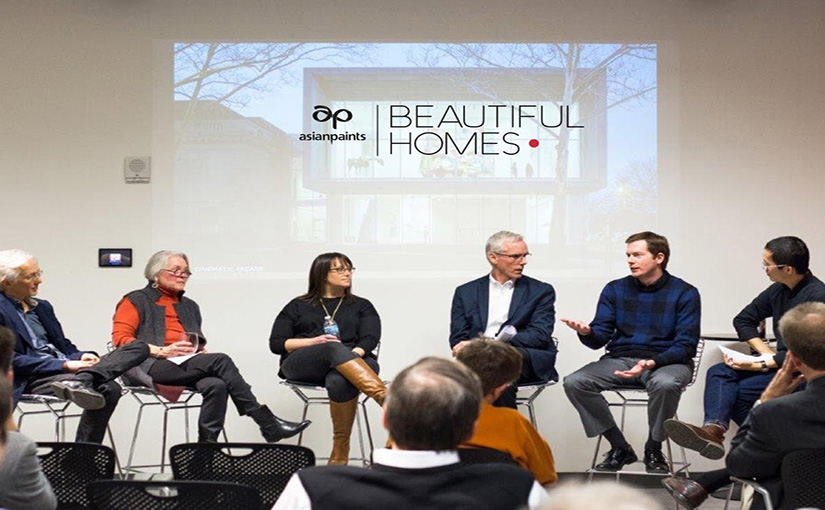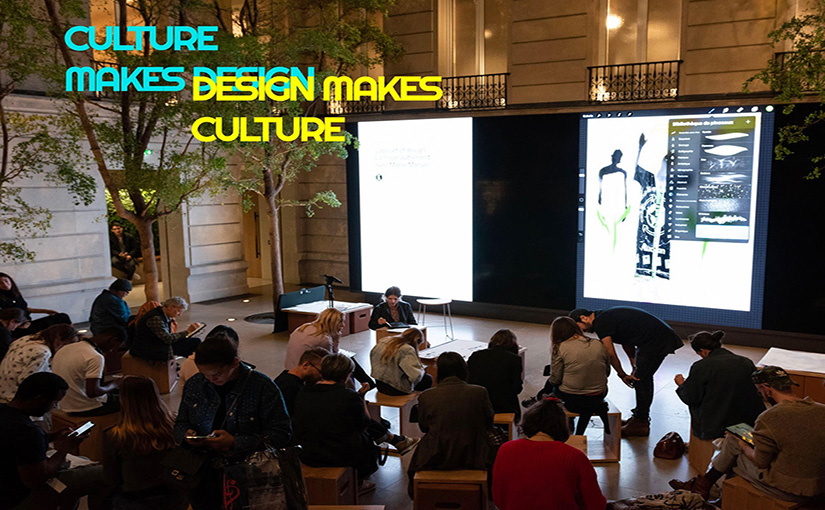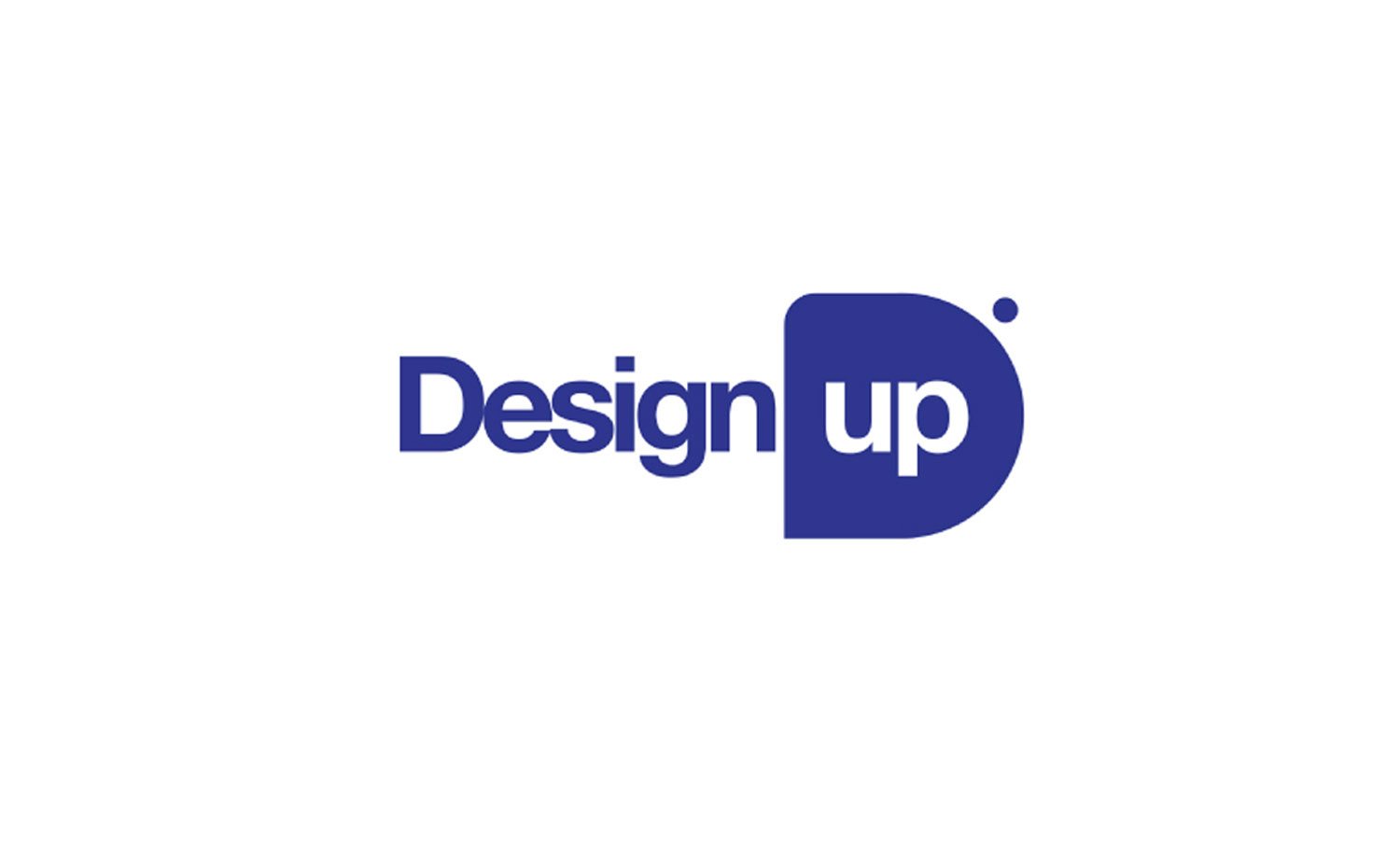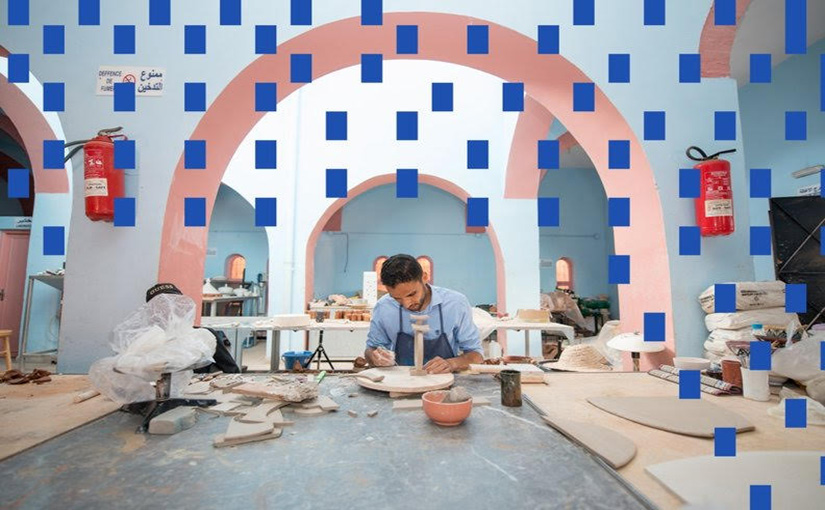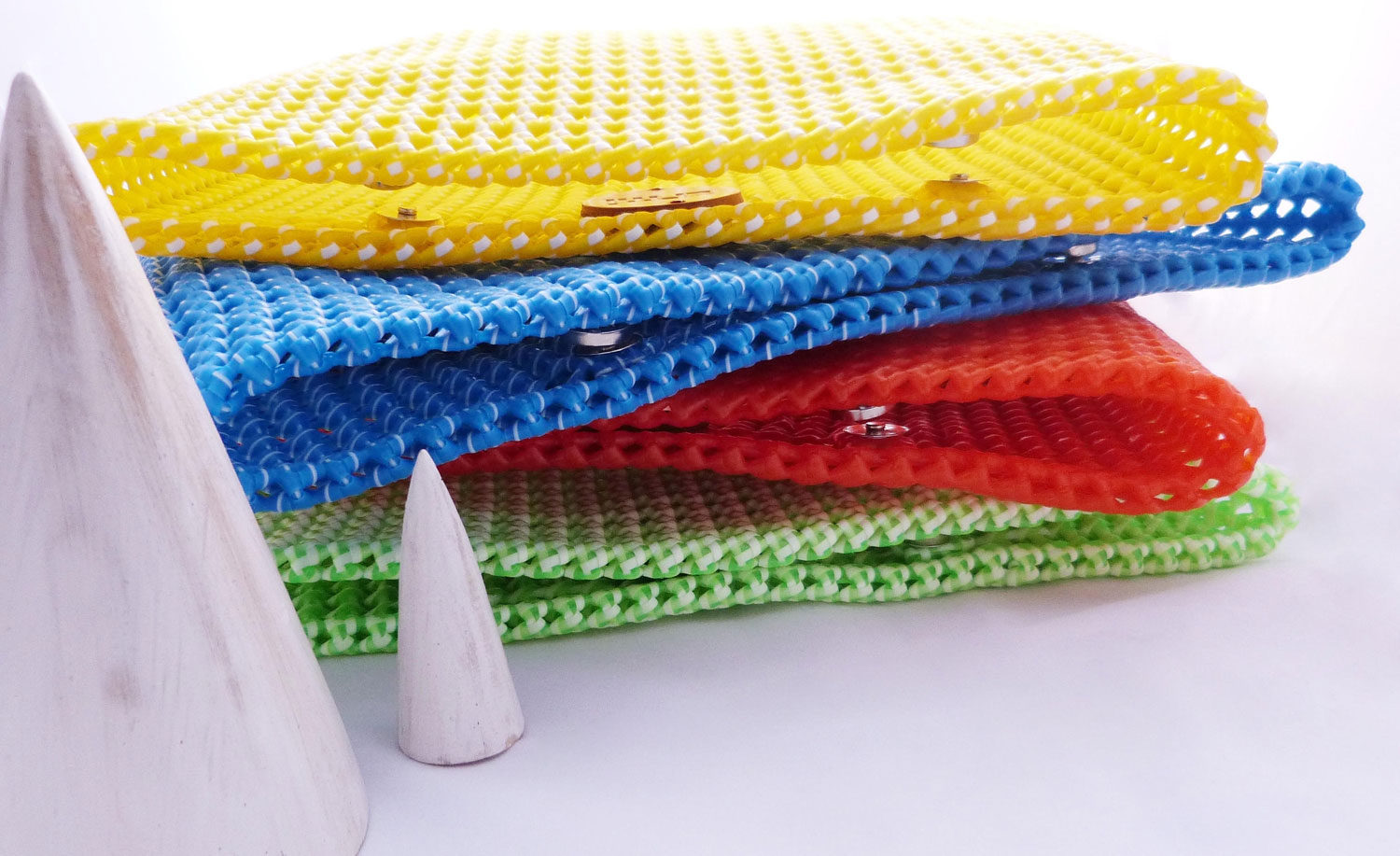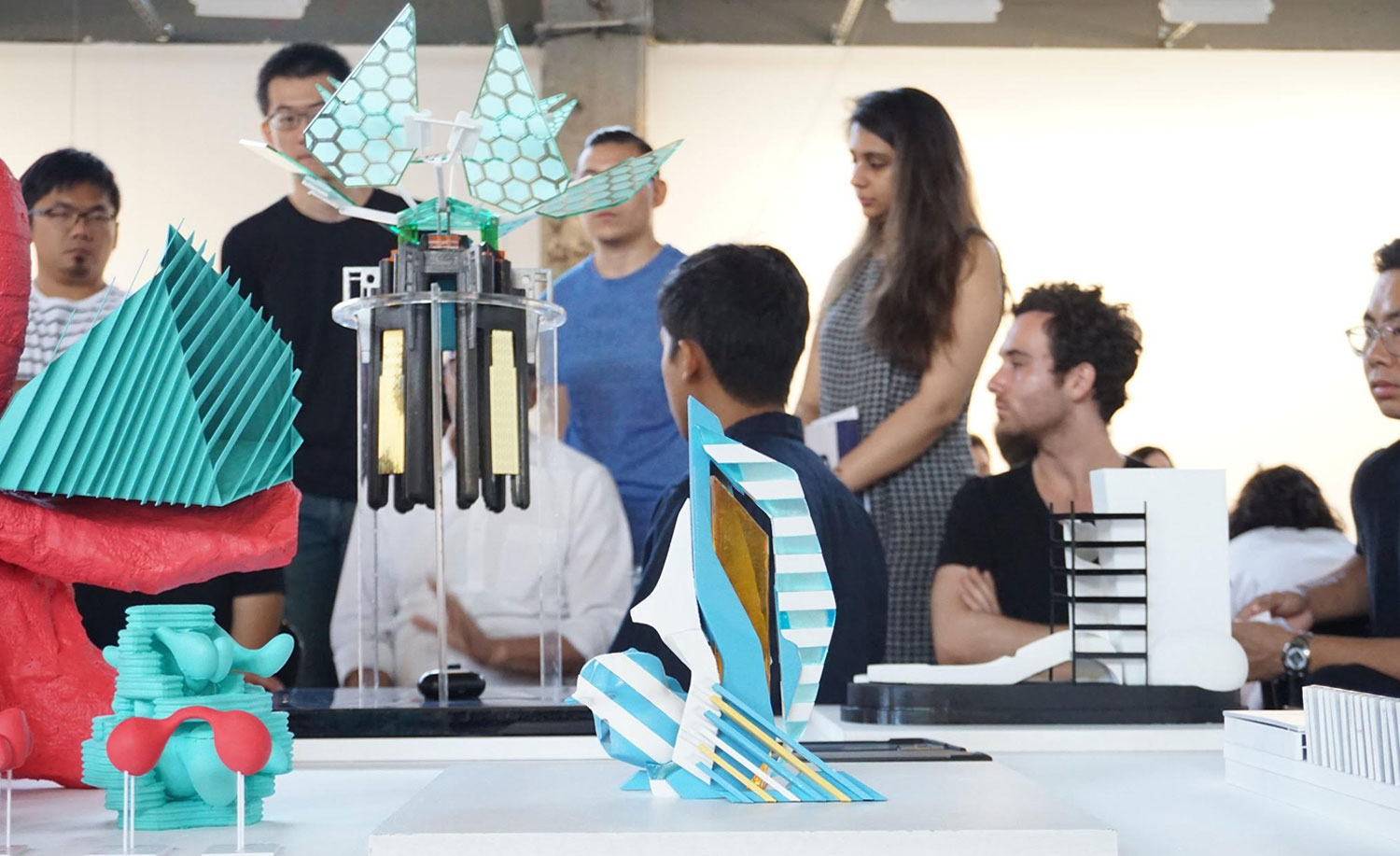Design Thinking

Andrew Budd:
As a renowned Design Leader and agency CEO, Andy helps companies like Virgin Holidays, John Lewis and Penguin Random House with issues of customer experience, product strategy, and digital transformation.
Andy’s role at Clearleft is to set strategy and vision, promote the value of design, and help our clients realise their digital potential. Andy is very active in the day-to-day running of the company, managing our leadership team, setting company culture, and looking after the happiness and wellbeing of our 30+ staff.
Andy is a designer at heart, having spent over 20 years in the field. He loves using his knowledge of design, technology, and human behaviour to influence product strategy. As such, Andy is in his element when working alongside board members and their management teams.
In his early career Andy helped pioneer the field of Web Standards through his work, his blog (one of the highest trafficked in the UK at the time), and the publication of his best selling book – CSS Mastery. Later, Andy helped popularise the field of UX design, setting up the UKs first dedicated UX agency, along with it’s first and arguably best UX conference.
When he’s not running the company or overseeing our creative output, Andy can be found sharing his wealth of knowledge at international conferences like SXSW, An Event Apart and The Next Web. He also curates the UX London and Leading Design conferences. In 2011, Andy co-founded the Brighton Digital Festival, a citywide celebration of digital culture attracting 40,000 visitors and over 190 events. These are just some of the reasons Clearleft has won Netmag Agency of the Year on several occasions, and he’s appeared on both the Wired 100 and BIMA 100 lists.
Never happier than when he’s diving some remote tropical atoll, Andy is a qualified PADI dive instructor and retired shark wrangler.
About Design Thinking Masterclass
All too often businesses are seduced into thinking that everybody is in alignment only to realise that everybody is holding a slightly different image of the situation and the solution in their heads. Such a lack of alignment makes solving problems, making successful products, having a competitive advantage or just doing one’s best work very tricksy. This is where an understanding of design thinking, and the skills and techniques therein, can help.
The term “design thinking” has been floating around the industry since the 60s, but it was arguably IDEO’s Tim Brown who helped bring it into the public consciousness in his 2009 TED Talk. Since then, Design Thinking has been gaining popularity in the business world, thanks to prominent articles in publications like Fast Company and The Harvard Business Review. In fact Design Thinking has become so popular that many business leaders have been eschewing traditional MBAs in favour of design led programmes at The Singularity University and dSchool.
The concept behind Design Thinking itself is fairly straightforward; essentially it’s using traditional design tools and approaches to solve non-traditional—often abstract–business problems. This typically involves a combination of abductive reasoning, visual sense making, modelling, co-design, and experimentation, all through the lens of user centricity. As such, the magic of design thinking is using these tools in new and unexpected ways.
Considering all the buzz, you’ll be surprised to know that the very existence of Design Thinking is still contested, with some designers feeling there is an element of “emperor’s new clothes” about the whole conversation. They would argue that design thinking is nothing new and designers have always used their tools to solve complex business problems, so this isn’t some new form of cognition. Irrespective of the ongoing debate, Design Thinking has clearly made its way outside the design studio and into the boardroom, giving designers an unprecedented level of access and influence.
We’ll start this workshop by introducing the concept of design thinking, and digging into some of the key details. We’ll talk about the double-diamond approach to design—something you’ll no doubt already be aware of and if not, you will be at the end of this—and how this can be applied to a broader set of problems than you’re familiar with. We’ll walk you through a set of our favourite Design Thinking tools, before splitting you into groups of 4-6 people and tasking you with solving a tricky business problem.
CoWrks Residency Road
Date: 14 Nov 2019
Time: 10 am - 5 pm

